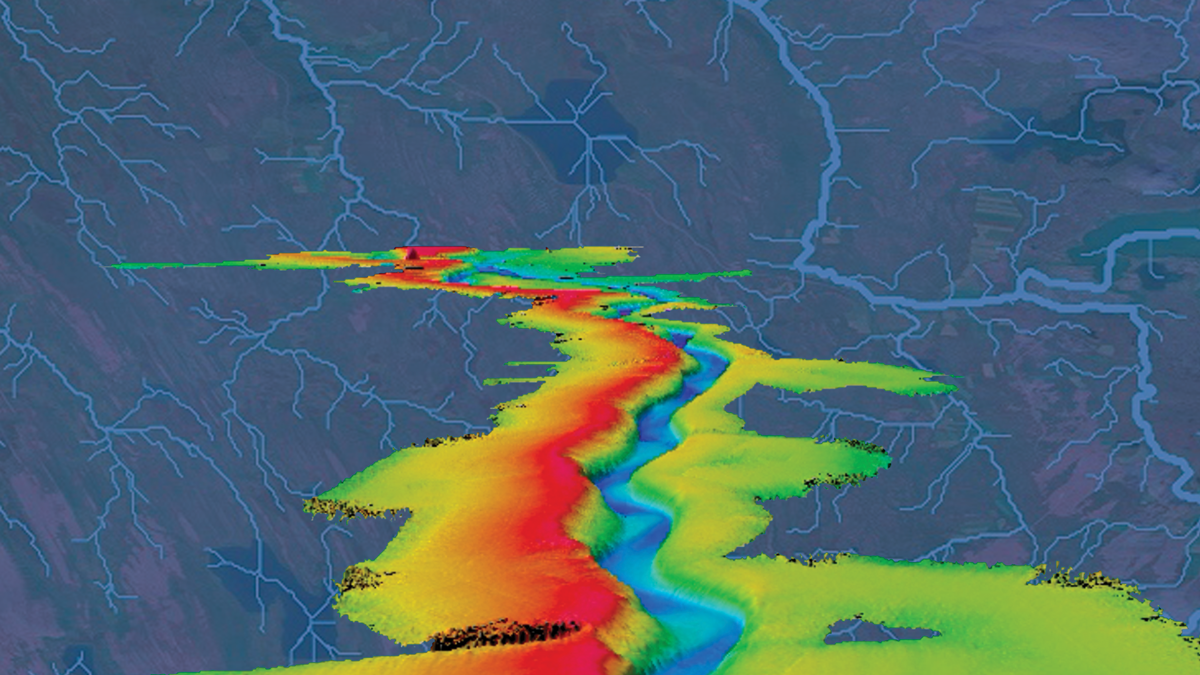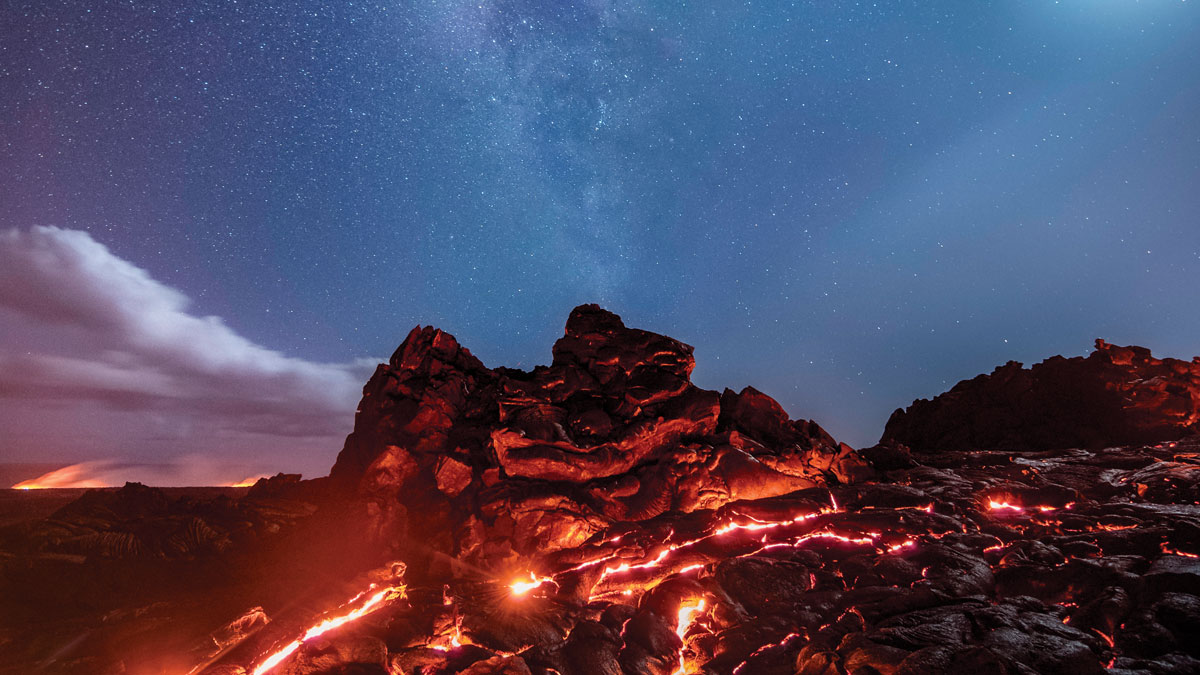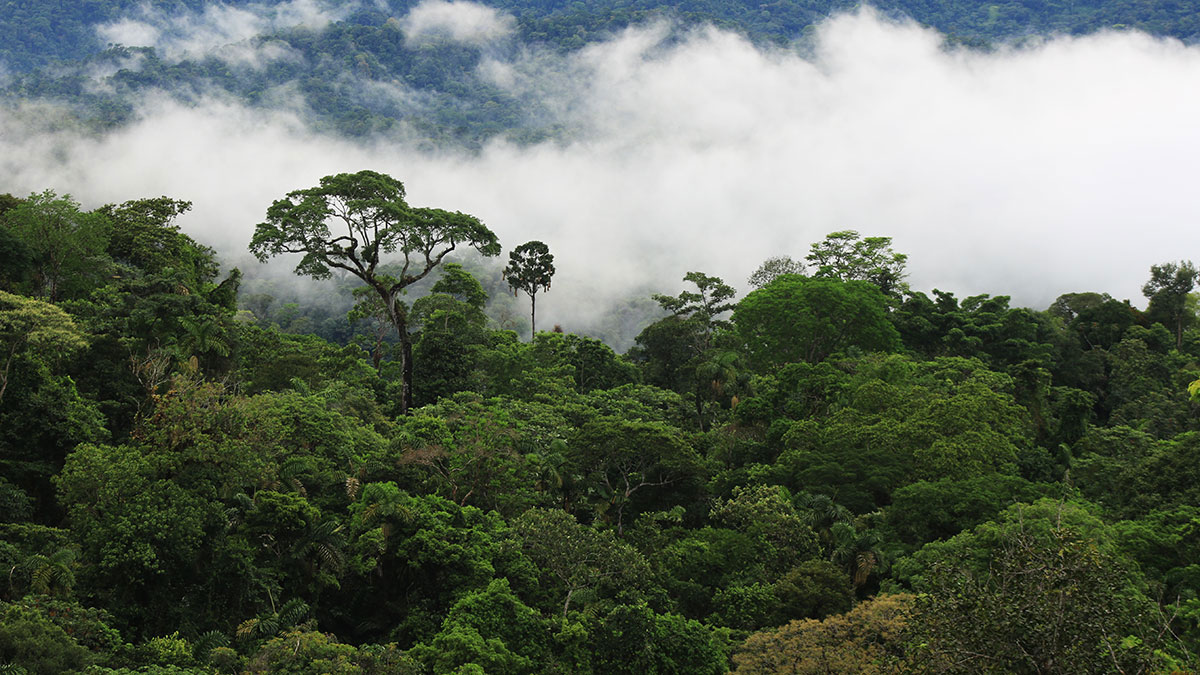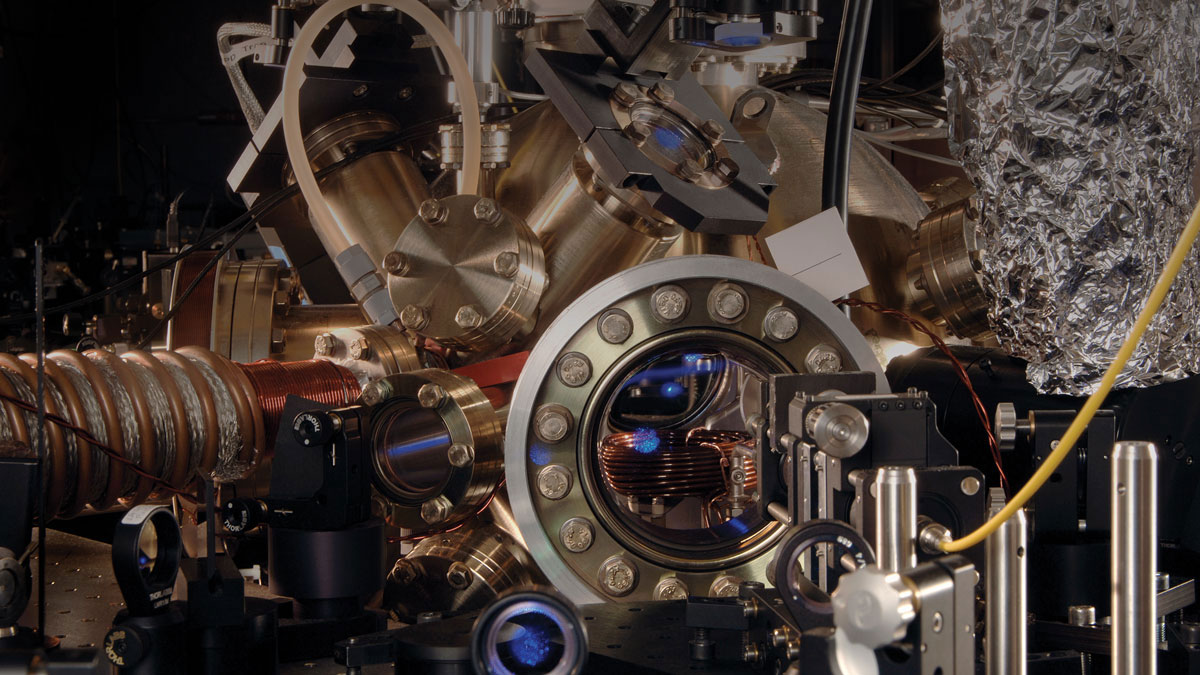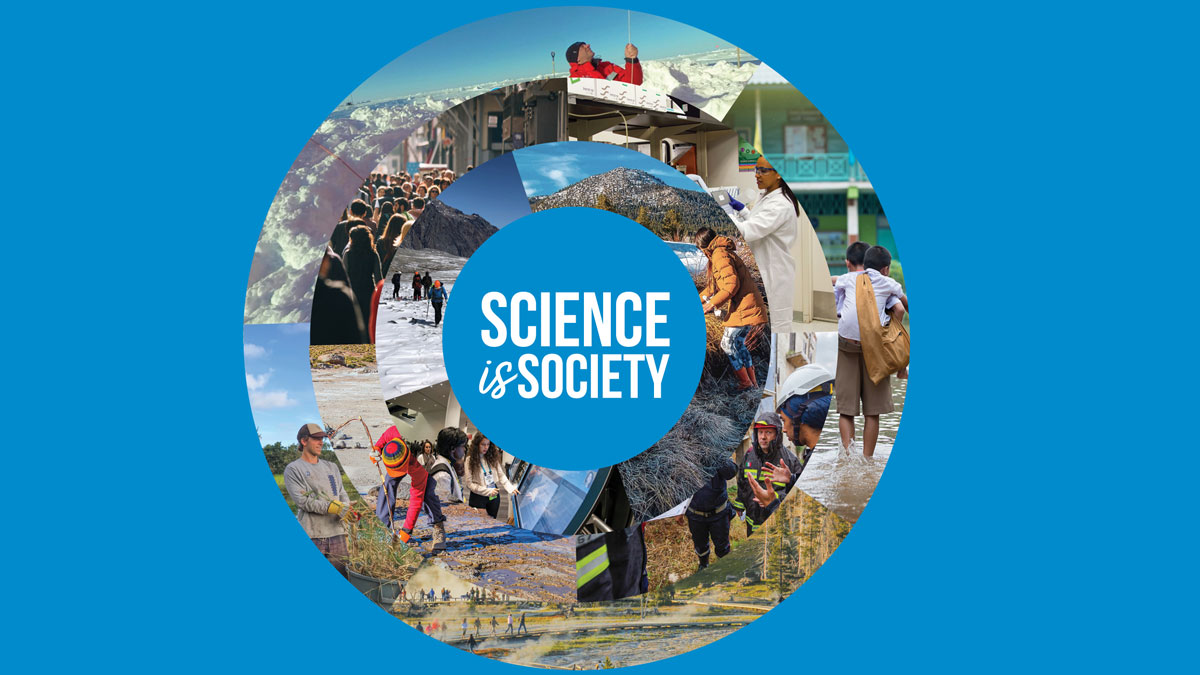As solar max approaches, new tech is on call.
Heather Goss
Heather Goss is the Publisher of Eos and Senior Director of Strategic Communications and Marketing for AGU. She served as Editor in Chief of Eos from 2018 to 2022; during her tenure, she established the Science Adviser panel comprised of AGU members representing disciplines across Earth and space science. Heather won the 2022 Award for Distinguished Science Journalism from the American Meteorological Society for “Lightning Research Flashes Forward.”
Previously, Heather was a science editor at the Smithsonian Institution, managing editor of Washington, D.C., local news publication DCist, and an attorney. She also founded the 501(c)(3) arts organization Exposed DC.
The Career Issue: OK, But Explain “Anything”
Our second annual Career Issue examines how an education in the Earth and space sciences can lead to a multitude of rewarding paths.
Adventure Time
In our July issue, we tell the tales of Earth and space scientists as they venture into the field and lab to gather critical data.
Charting Paths to New Knowledge
In our June issue of Eos, we home in on the unique ways researchers are using maps to better understand Earth and beyond.
Myths, Legends, and Buried Hair
In our May issue of Eos, we’re seeking out innovations in volcanology.
Dust in the Wind, Dirt Under Our Feet, and Dunes of Another World
In our April issue of Eos, we follow researchers who get to the root of the Amazon basin’s rich landscape.
How to Work in the Dark on Deep Time
Researchers who study the formation of Earth show how ingenuity can shed light on hidden moments of creation.
Science Off the Seashore
In our February issue, Eos reports on the study of the ocean and our relationship to it, in the spirit of the United Nations Decade of Ocean Science for Sustainable Development.
Build It, and the Science Will Come
In January, Eos takes a look at the scientists who know that sometimes the answer to a question is a screwdriver.
Knowledge Brings Us Together
In our special double end-of-year issue, Eos looks at how scientists and communities partner to find answers to our toughest problems.




